Fri, 2016/11/18
How About The Biological Science Funding Going Under Trump?
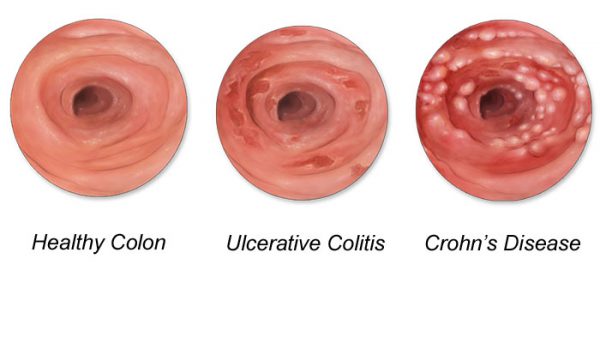
Fri, 2016/11/04
Therapy in Inflammatory Bowel Diseases
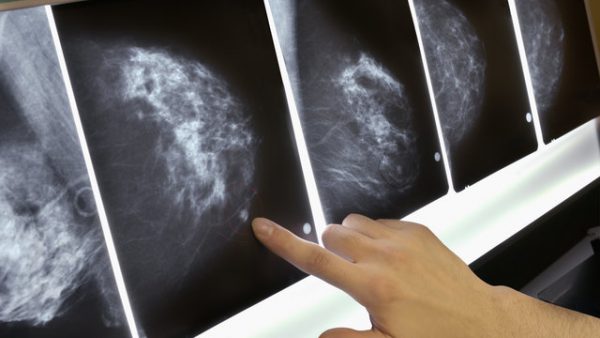
Tue, 2016/10/18
CXCL12-CXCR4/CXCR7, Two Axes to Repress Breast Cancer

Fri, 2016/08/26
Akt Protein Suppressed by pVHL Protein through Proline-hydroxylation–dependent Manner
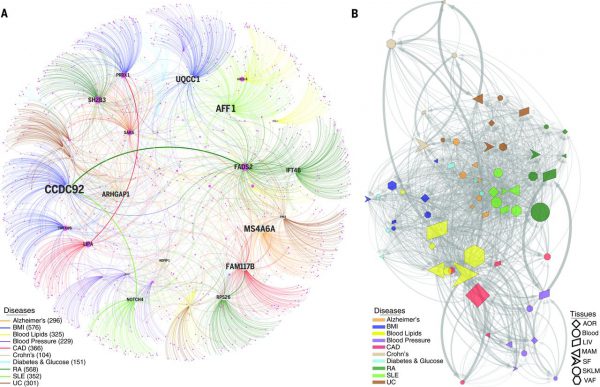
Thu, 2016/08/18
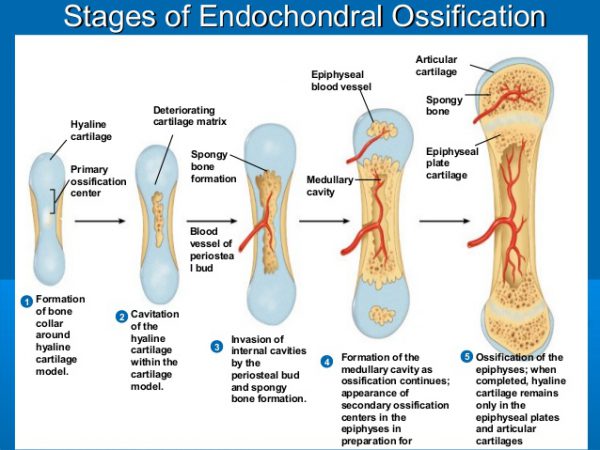
Fri, 2016/08/12
Histone Deacetylase Control endochondral bone formation by Cytokine Signaling and Matrix remodeling
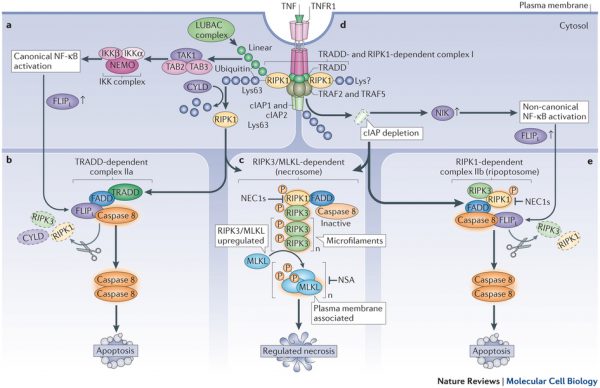
Thu, 2016/08/04
New Target For Neurodegenerative Diseases: RIPK1 Promoting Inflammation and Necroptosis in ALS
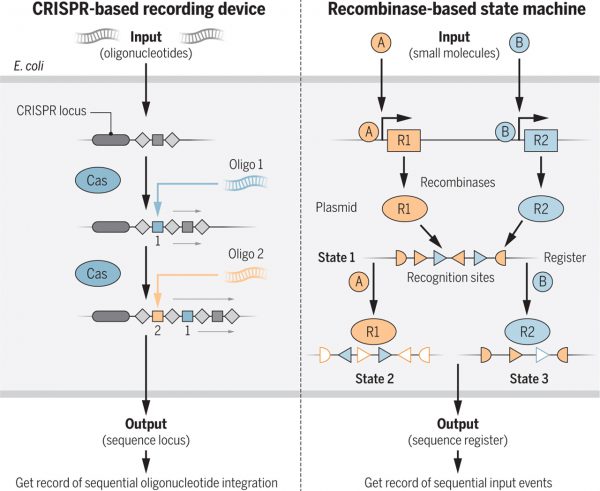
Thu, 2016/07/28
DNA Memories: In Vivo DNA Edit over Generations of Living Cells
